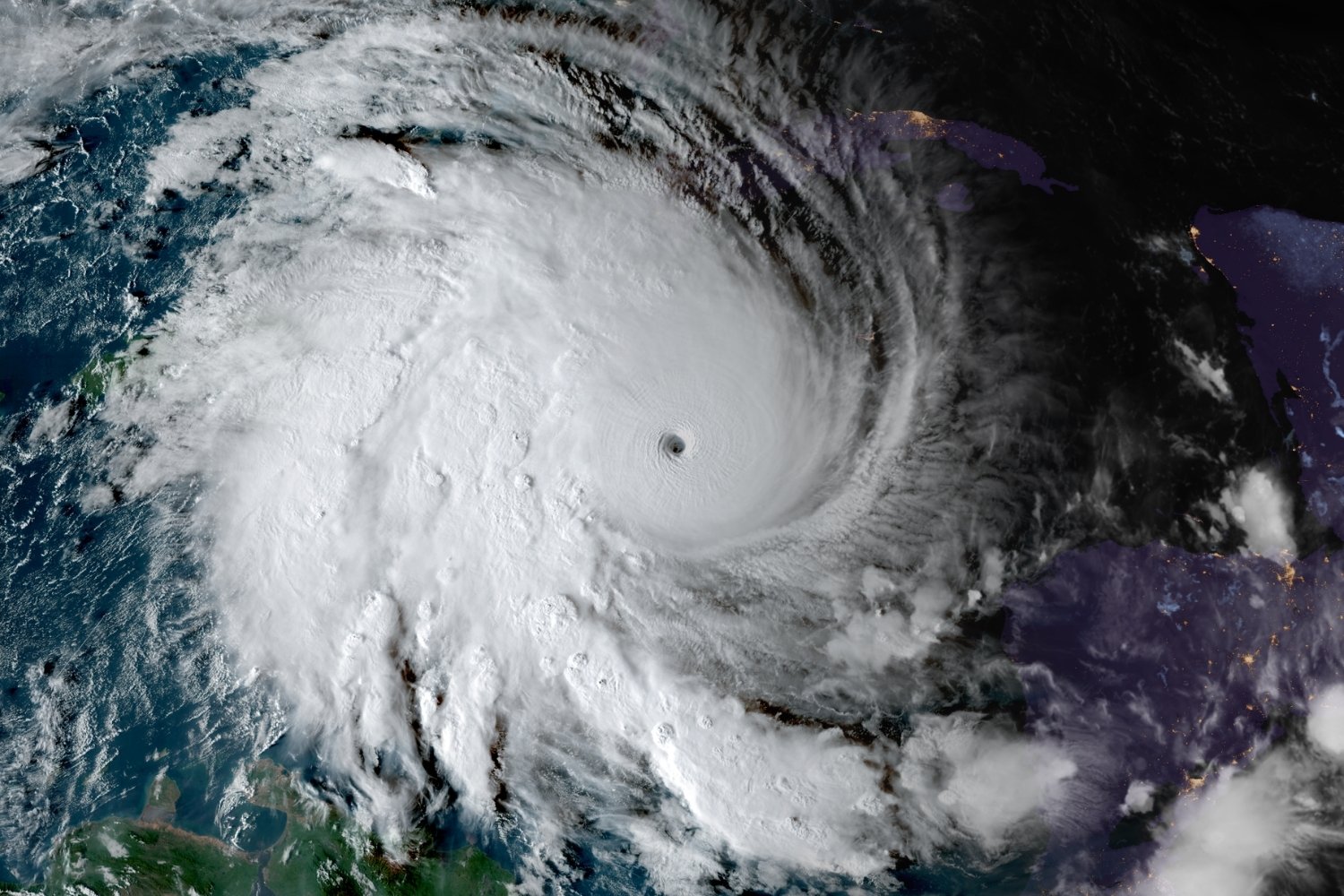
Tropical Storm Melissa might sound like just another name on the list of storms, but it has its own unique story. Formed in the Atlantic, this storm brought its share of surprises. Did you know that Melissa was part of the 2019 hurricane season? It didn't reach hurricane strength, but it still made waves—literally and figuratively. From its formation to its impact on coastal areas, Melissa had a journey worth noting. Why should you care about a storm that didn't become a hurricane? Because even tropical storms can cause significant weather changes, disrupt lives, and teach us more about nature's power. Let's dive into 25 intriguing facts about Tropical Storm Melissa that you might not know!
What is Tropical Storm Melissa?
Tropical Storm Melissa was a notable weather event that captured the attention of meteorologists and the public alike. Understanding its characteristics and impact can provide valuable insights into tropical storms in general.
-
Tropical Storm Melissa formed in the Atlantic Ocean. This storm originated in the vast waters of the Atlantic, a common birthplace for many tropical storms.
-
Melissa was first identified on October 11, 2019. Meteorologists spotted the storm's formation in mid-October, marking the beginning of its journey.
-
It was the 13th named storm of the 2019 Atlantic hurricane season. The 2019 season was particularly active, and Melissa added to the list of named storms.
-
Melissa never reached hurricane status. Despite its strength, Melissa remained a tropical storm and did not escalate to a hurricane.
Characteristics of Tropical Storm Melissa
Understanding the specific traits of Melissa helps in comprehending its behavior and impact.
-
Melissa had maximum sustained winds of 65 mph. These winds were strong enough to cause concern but not enough to classify it as a hurricane.
-
The storm's minimum central pressure was 995 millibars. This pressure reading is typical for tropical storms, indicating its intensity.
-
Melissa's wind field was quite large. The storm's winds extended far from its center, affecting a wide area.
-
It exhibited a well-defined center. A clear center is a hallmark of organized tropical storms, making Melissa easier to track.
Impact of Tropical Storm Melissa
The effects of Melissa were felt in various regions, demonstrating the reach of tropical storms.
-
Melissa caused rough seas along the U.S. East Coast. Coastal areas experienced high waves and dangerous surf conditions.
-
It brought heavy rainfall to parts of New England. The storm's moisture led to significant rainfall in several states.
-
Melissa's remnants affected parts of Europe. After crossing the Atlantic, the storm's remnants brought rain and wind to European countries.
-
No fatalities were reported due to Melissa. Despite its impact, the storm did not result in any loss of life.
Meteorological Observations
Meteorologists closely monitored Melissa, providing detailed observations and forecasts.
-
The National Hurricane Center (NHC) issued advisories on Melissa. These advisories kept the public informed about the storm's progress.
-
Melissa transitioned to an extratropical cyclone on October 14, 2019. This transition marked the end of its tropical characteristics.
-
The storm's path was well-predicted by meteorological models. Accurate predictions helped in preparing for its impact.
Historical Context
Placing Melissa within the broader context of tropical storms offers a deeper understanding.
-
Melissa was part of an above-average hurricane season. The 2019 season saw more storms than usual, making it a notable year.
-
It was one of several storms to form in October 2019. October is typically an active month for tropical storm formation.
-
Melissa's formation was influenced by warm ocean temperatures. Warm waters are a key factor in the development of tropical storms.
Lessons Learned from Tropical Storm Melissa
Analyzing Melissa provides valuable lessons for future storm preparedness and response.
-
Early detection and tracking were crucial. Timely identification allowed for better preparation and response.
-
Public advisories helped mitigate the storm's impact. Clear communication from meteorological agencies played a vital role.
-
Melissa highlighted the importance of coastal preparedness. Coastal communities benefited from having plans in place.
-
The storm underscored the need for accurate weather models. Reliable models are essential for predicting storm paths and impacts.
Interesting Facts about Tropical Storm Melissa
Some lesser-known facts about Melissa add to its intrigue.
-
Melissa's name was retired after the 2019 season. The name will not be used for future storms due to its impact.
-
The storm's remnants contributed to a European windstorm. This secondary impact extended Melissa's reach beyond the Atlantic.
-
Melissa's formation was part of a larger weather pattern. The storm was influenced by broader atmospheric conditions in the Atlantic.
Final Thoughts on Tropical Storm Melissa
Tropical Storm Melissa, though not the most powerful storm, had its share of interesting moments. It formed in October 2019, bringing heavy rains and strong winds to parts of the Atlantic. Melissa's peak winds reached 65 mph, causing minor coastal flooding and some property damage. Despite its relatively short lifespan, Melissa reminded us of the unpredictable nature of tropical storms. The storm's path and intensity shifts kept meteorologists on their toes, showcasing the importance of accurate weather forecasting. While Melissa didn't make a significant impact compared to other storms, it served as a valuable case study for understanding storm behavior. Remembering these facts helps us appreciate the complexities of weather patterns and the need for preparedness. Stay informed, stay safe, and always keep an eye on the weather updates.
Was this page helpful?
Our commitment to delivering trustworthy and engaging content is at the heart of what we do. Each fact on our site is contributed by real users like you, bringing a wealth of diverse insights and information. To ensure the highest standards of accuracy and reliability, our dedicated editors meticulously review each submission. This process guarantees that the facts we share are not only fascinating but also credible. Trust in our commitment to quality and authenticity as you explore and learn with us.
